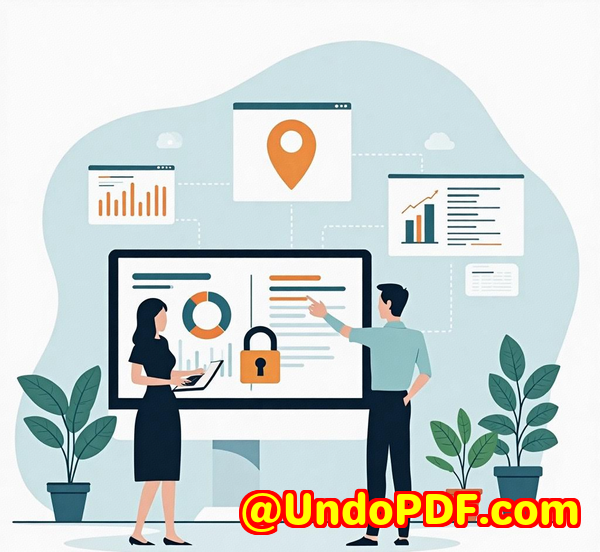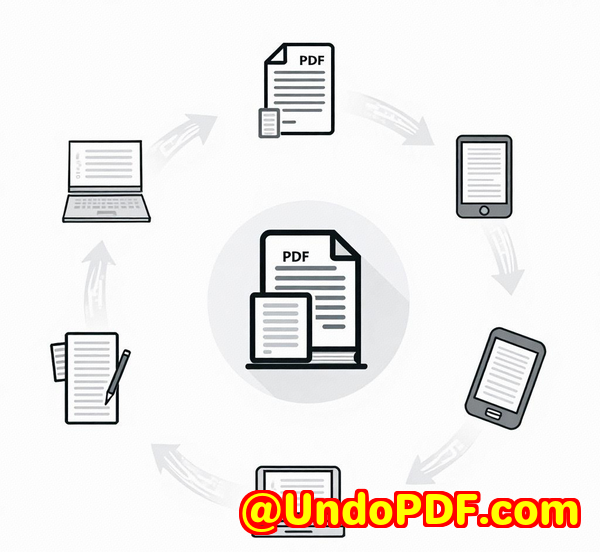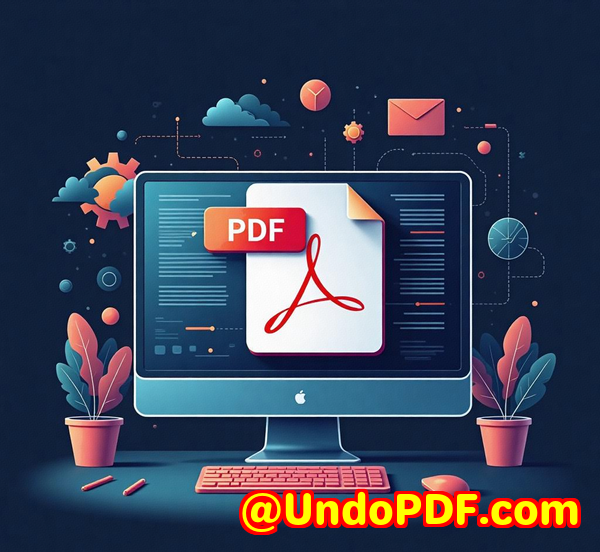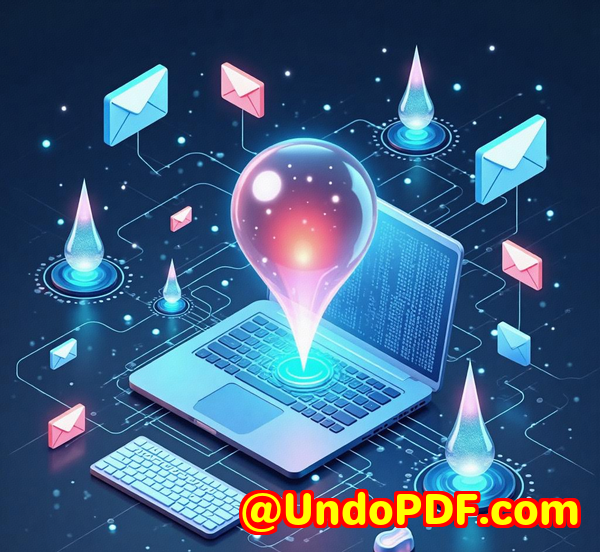Automatically Monitor Folders for New Documents and Convert to PDFA with OCR
Every time I’ve had to manage stacks of documents dropping into a folder, I’d stress over how to keep track and turn those files into usable, searchable PDFs automatically. If you’re like me, dealing with piles of scanned contracts, invoices, or reports, you know the pain of manually converting each one into a compliant, searchable format. It’s tedious, time-consuming, and often a bottleneck in workflows.
That’s why discovering VeryPDF PDF Solutions for Developers changed how I handle document processing completely. This toolkit is built for folks who want to automate monitoring folders for new documents and convert them instantly to PDF/A with OCRmaking files searchable and compliant with archival standards without lifting a finger.
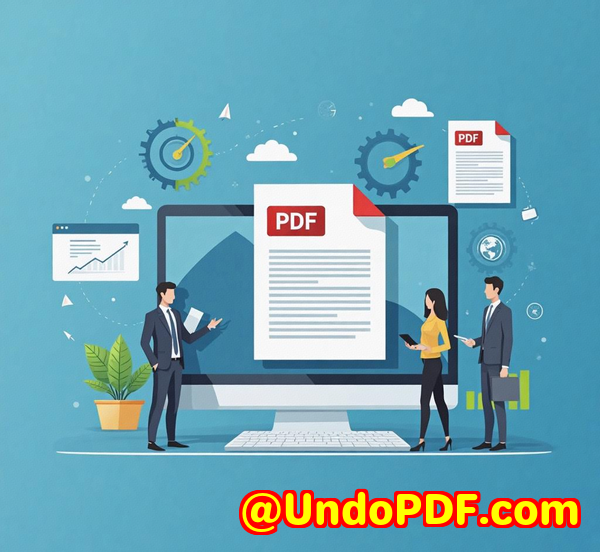
Let me walk you through how this solution works, why it’s a game-changer for anyone who handles large volumes of scanned or image-based documents, and why I’d recommend it to anyone looking to streamline their document workflows.
What is VeryPDF PDF Solutions for Developers?
At its core, VeryPDF PDF Solutions for Developers is a collection of tools that lets developers automate PDF processing tasks. One standout feature is the ability to automatically monitor folders for new documents, then convert those files into PDF/A format with embedded OCR. This means scanned documents become searchable PDFs that are fully compliant with long-term archival standards.
This tool serves a wide audience from legal teams handling scanned contracts, finance departments processing invoices, to IT professionals managing document archives. If you need to automate document conversion and ensure your PDFs are both searchable and compliant, this tool is built for you.
How I Use Folder Monitoring and OCR Automation
Here’s the kicker VeryPDF’s system lets you point to a folder on your server or workstation and set it up to watch for new files automatically. When a new document lands there, the tool:
-
Detects the file instantly
-
Converts it to PDF/A format (ideal for long-term storage)
-
Applies OCR to scanned images or PDFs so the text is searchable
-
Extracts metadata and tags for better indexing
This means I don’t have to babysit the conversion process or manually kick off the OCR. For example, I set this up for a client who receives hundreds of scanned purchase orders daily. The moment these files hit the input folder, VeryPDF handles the conversion and OCR quietly in the background. The end result? Searchable, archivable PDFs ready to be indexed or passed to other systems.
Key Features That Saved Me Hours
1. Intelligent OCR Powered by ABBYY FineReader Engine
The OCR accuracy blew me away. It supports multiple languages, so no matter if your documents are in English, Spanish, German, or a mix, the OCR recognizes text with near-human accuracy. The hidden text layer keeps the original document look intact while making the text searchable perfect for legal or compliance teams who want exact replicas that are easy to search.
2. Automated Folder Watching
Once configured, you can forget about it. The system monitors folders in real-time, meaning documents are converted the second they arrive. This took hours off my daily workload and eliminated the risk of missing or delaying important documents.
3. PDF/A Compliance and Accessibility
It’s one thing to convert files, but ensuring they meet PDF/A standards for archival is another. VeryPDF nails this by creating fully compliant PDF/A documents automatically. Plus, the OCR output is tagged to help with accessibility great if you need to meet regulations or improve usability for screen readers.
Why I Prefer VeryPDF Over Other Tools
I’ve tried other solutions, including free OCR software and basic PDF converters. The problem? They often struggle with batch automation or produce files that aren’t PDF/A compliant. Some OCR tools mess up layouts or lose formatting.
VeryPDF stands out because it combines:
-
Scalability: It can handle hundreds or thousands of documents without slowing down.
-
Accuracy: ABBYY-powered OCR means you get precise text recognition.
-
Automation: Folder monitoring and integration with existing workflows save huge amounts of time.
-
Compliance: It’s designed with archival and accessibility standards in mind no manual tweaking required.
Real-World Scenarios Where This Shines
-
Legal departments managing contracts scanned from paper: Automatically turning them into searchable, compliant PDFs so teams can search clauses quickly and maintain audit trails.
-
Finance teams processing invoices: Automate the conversion of scanned invoices into PDF/A format with OCR, speeding up archiving and data extraction.
-
Healthcare providers digitizing patient records: Quickly convert piles of scanned documents to searchable, accessible PDFs ready for compliance reviews.
-
Enterprise IT admins handling document management systems: Integrate the solution to standardize all incoming documents automatically.
Wrapping It Up: Why I’d Recommend This Tool
If you’re constantly battling a flood of scanned documents or want to automate PDF creation workflows, VeryPDF PDF Solutions for Developers is a must-have. It tackles the painful manual process of converting and archiving files with precision and automation that saves real time and headaches.
Personally, it freed me from tedious batch processing and let me focus on other priorities. It’s perfect for developers, IT teams, legal pros, and anyone needing automated folder monitoring and PDF/A conversion with reliable OCR.
Want to boost your productivity and tame document chaos? Click here to try VeryPDF for yourself: https://www.verypdf.com/ and see how easy automated PDF/A conversion with OCR can be.
Custom Development Services by VeryPDF
VeryPDF doesn’t just offer out-of-the-box solutions; they also provide tailored development services to fit your unique needs. Whether you’re on Linux, macOS, Windows, or working with server environments, their expert team can customize tools using a broad range of technologies including Python, PHP, C/C++, .NET, JavaScript, and more.
Their offerings include:
-
Windows Virtual Printer Drivers producing PDF, EMF, and image formats
-
Print job monitoring and capturing from all Windows printers
-
System-wide API hooking for advanced file and printer management
-
OCR, barcode recognition, and layout analysis for scanned documents
-
Custom report and form generation
-
Cloud-based PDF conversion, digital signatures, and security
If your project demands specialized PDF processing or workflow automation, reach out via their support center at https://support.verypdf.com/ to discuss custom solutions that match your workflow perfectly.
FAQs
Q: Can VeryPDF automatically convert all scanned documents in a folder to searchable PDFs?
A: Yes, it monitors folders in real-time and converts new files to PDF/A with embedded OCR, making them searchable automatically.
Q: What OCR languages does VeryPDF support?
A: It supports multiple languages via ABBYY FineReader Engine, including English, Spanish, German, French, and more.
Q: Is the PDF/A output compliant with archival standards?
A: Absolutely. VeryPDF ensures all output files meet PDF/A compliance for long-term digital archiving.
Q: Can this solution integrate with existing document management systems?
A: Yes, it supports integration via REST APIs and can be configured for custom workflows including email servers and watched folders.
Q: Does VeryPDF offer custom development if I need tailored features?
A: They do. Their team offers bespoke development across multiple platforms and technologies to fit specialized business needs.
Tags/Keywords
-
Automated folder monitoring PDF conversion
-
PDF/A conversion with OCR
-
Searchable PDF automation
-
Document workflow automation
-
OCR batch processing PDF
If you’re ready to automate how you convert and archive scanned documents, VeryPDF PDF Solutions for Developers is the toolkit you need. Start simplifying your workflow today.
